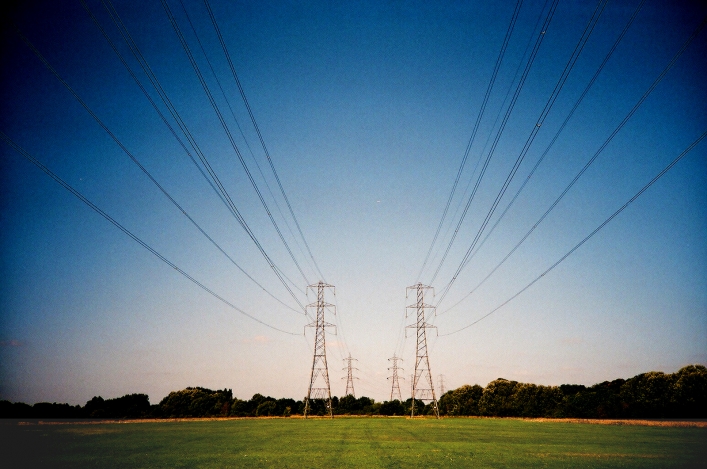
Image: National Grid.
As the year began to approach its end in November, months of anticipation were finally over as the government partially caught up following the events of the summer and began to release some of the many overdue consultations and policy announcements.
First was the Smart, Flexible Energy System call for evidence acting as a concrete acceptance by government that the energy system is changing and that works needs to be done to ensure the UK’s infrastructure is up to scratch.
For many, storage was the main issue at stack in the document, with government having seemingly conducted a fair amount of industry engagement activity in preparation for the CfE. However, DSR was also a salient topic up for discussion, and industry has until 12 January to put forward views on all of the issues raised in the 104-page document.
The government’s response to a consultation on reforms to the Renewable Heat Incentive was also released, almost eight months after it was closed. Despite this delay, the industry was able to breathe a sigh of relief as plans to axe solar thermal from the scheme – potentially damaging the technology’s prospects beyond repair – were not taken forward.
With 92% of responses disagreeing with the proposals, it would have been difficult to spin any other outcome.
While welcome, the fact that solar thermal will continue to receive the same level of support is in deep contrast to the performance of PV since its support was cut at the beginning of 2016. October figures proved to be the antithesis of this, with deployment hitting a new low of just 2,406 MCS-accredited systems. This was down from 2,782 in August and 87% lower than what was recorded in the same month in 2015.
BEIS remained bullish about the FiT scheme, quoting the previous successes of solar in the UK but providing little comfort to the installers relying on healthy deployment in the future.
December however proved to be another important month of batteries, which secured 500MW of the 3.2GW of energy storage projects awarded contracts in the Capacity Market. A number of these projects had been successful in the previous EFR tender by National Grid, and confidence in the technology was obviously high as 15-year contracts were awarded for the first time, cementing the “crucial role” battery storage is set to play in the future.
Finally, Solar Media’s PV Ireland event took place in Dublin, welcoming almost 300 delegates to the Aviva Stadium to discuss the future of the Irish solar market. The optimism was not lost on any of the attendees, not least as the event garnered so much interest in spite of no government support framework having yet been introduced.
ISEA’s David Maguire gave the best indication of when this would be – namely early 2018 when the first large-scale auction is expected to take place – while he and others went on to explain that the time is right for Ireland to deploy solar.
Meanwhile, other headline grabbing news in the final two months of 2016:
- BEIS documents detail tumbling LCOE costs of solar PV out to 2030
- Future of LCF confirmed for Budget 2017 as renewables omitted from Autumn Statement
- BEIS report on LCF supports claims of government mismanagement
- ‘Rapidly maturing’ UK O&M market needs to adopt service desk-style culture
Our series of year in review articles can be found here for January to February, March to April, May to June, July to August, and September to October.

